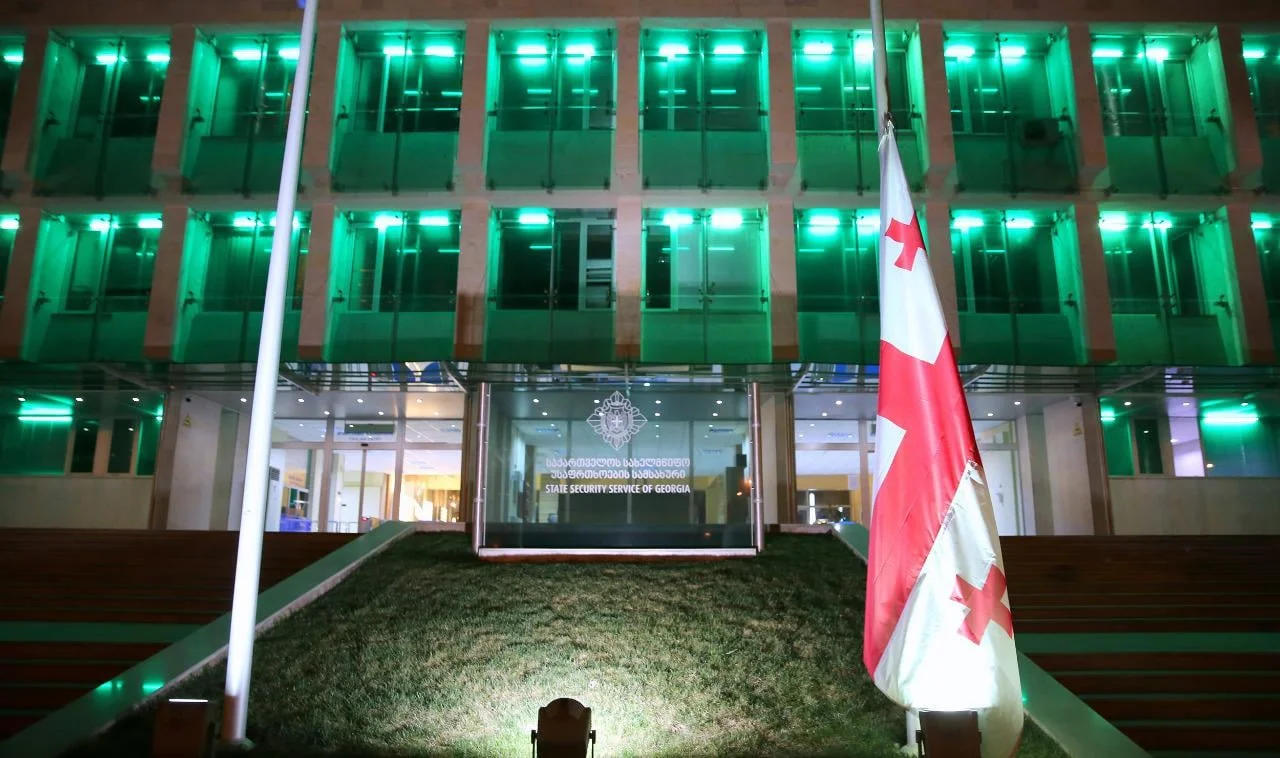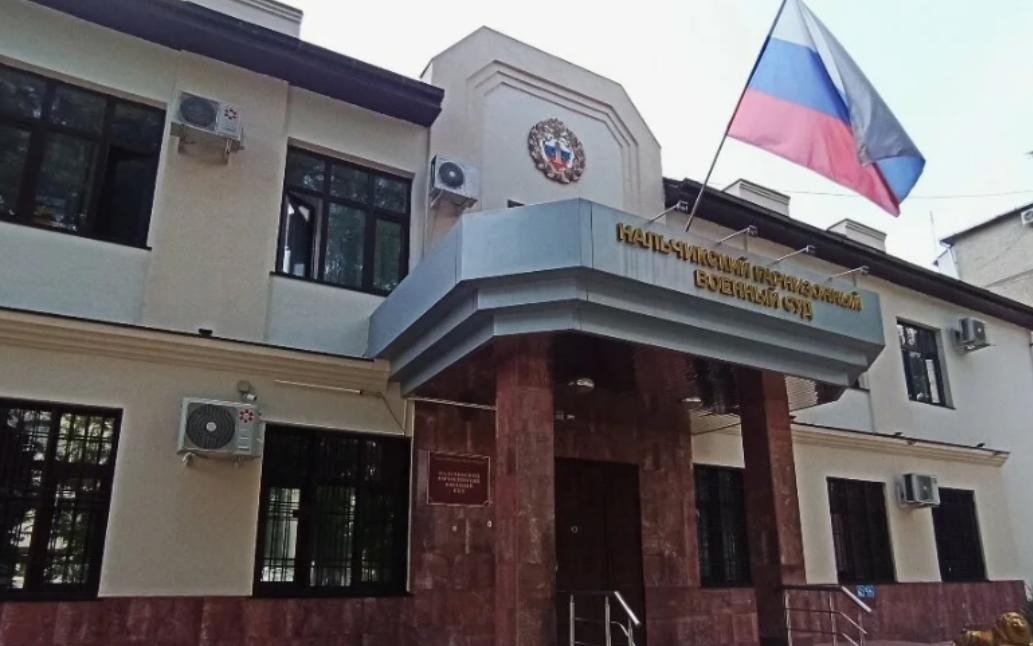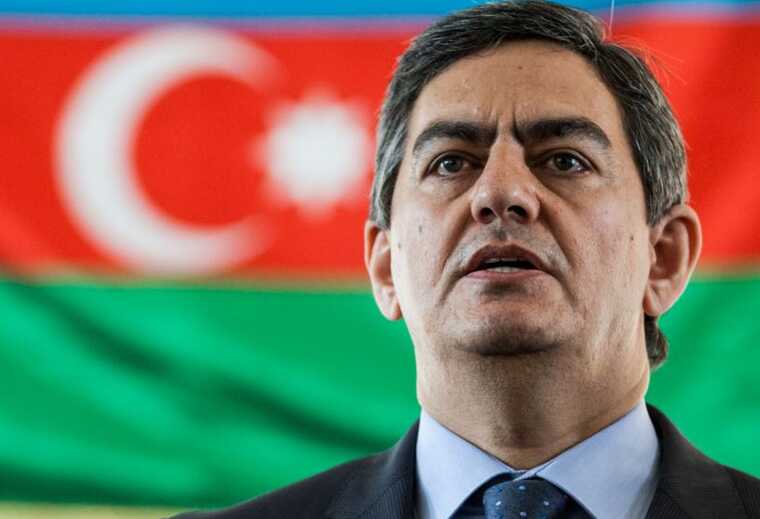The British Broadcasting Corporation (BBC) has published a report alleging that Georgian authorities used chemical weapons during the suppression of pro-European protests in Tbilisi in 2024. The chemical weapon in question is bromobenzyl cyanide, a chemical warfare agent dating back to World War I, also known as "kamit."
Chechnya for tourism: expectations and impressions of Russian tourists
Today, Russian domestic tourism is experiencing a boom due to various restrictions preventing external tourism, as well as due to the implementation of a national project aimed at developing tourism in Russian regions. This project started even before the pandemic and the international isolation of the country. The North Caucasus, especially Dagestan, has become one of the most attractive holiday destinations for Russian tourists in recent years. Neighboring Chechnya is struggling to compete with other republics in the region to attract tourists by building new ski resorts and highlighting its attractions.
However, this task is complicated by certain circumstances related to the specific internal politics of the Chechen Republic and the persistent perception of it as an unsafe region. Undoubtedly, it is indeed dangerous for independent journalists and human rights activists who are interested in the human rights situation in the republic and criticize local authorities, but these stereotypical fears sometimes deter mostly apolitical tourists from visiting Chechnya. On the other hand, this republic attracts them as a particularly exotic region. In addition, today many travel companies offer package tours to several republics of the North Caucasus, making Grozny one of the points on a multi-day route. Often bus one-day tours to the capital of the republic are offered from the neighboring Stavropol Territory or North Ossetia.
How are visits to the republic usually organized for citizens from other regions of the country who have exclusively a tourist interest in Chechnya? What impressions do tourists have? Does the experience of tourism change their ideas about Chechnya and the Chechen people, and perhaps about Russia itself or its other regions?
Tourism scenarios
Thanks to qualitative sociological research, it was possible to identify typical circumstances under which tourists from other regions of Russia come to Chechnya.
The first scenario is a one-day visit to the capital of the republic as part of a longer tour of the North Caucasus, usually from Dagestan. This is usually a bus ride, with a group of tourists visiting Grozny's mosques and several other attractions depending on the tour. The other scenario is longer, but the visit to Chechnya also comes in addition to getting acquainted with neighboring Dagestan. In this case, the trip is extended by two to three days and includes, in addition to a brief tour of Grozny, a picnic on the high-mountain lake Kezenoy and a stop in the city of Shali to visit, for example, one of the large mosques built in the Central Asian style. The following scenario assumes that guests will visit Chechnya as their main destination for one or more days, without visiting the neighboring republics. People who choose this scenario, as a rule, have already been to Dagestan and other regions of the North Caucasus, and now they want to see Grozny rebuilt from scratch and get acquainted with the outlandish republic.
Impressions from visiting Grozny are extremely similar for all tourists. Most first of all note the cleanliness of the city streets and the feeling of safety. Many also praise the good urban infrastructure, the impressive scale of skyscrapers, and stylish mosques. In general, tourists admire the novelty and picturesqueness of the capital of the republic. Thus, Tanzilya from Perm says that “Grozny is an ideal place for tourism, it’s a fairy tale.” Nailya from Bashkortostan echoes her: “When I entered Grozny, honestly, I’m not lying, I suddenly felt like I was in a fairy tale.” Grozny is often compared to Dubai. However, tourists' impressions of interactions with local residents, attractions and politics are no longer so uniform.
Hidden memory
As a rule, Russian tourists come to Chechnya for the same reasons they go to any other republic of the Russian Federation. They want to relax and receive positive emotions. They visit mosques, climb skyscrapers, take selfies with the city spread out below, get acquainted with Chechen cuisine and (just a little) with local customs and culture. But they learn very little about the history of Chechnya. Thus, the memory of the Russian-Chechen wars is rarely reflected in the experiences and reflections of Grozny’s guests; this topic seems to be taboo on both sides: both by the tourists themselves and by the urban environment, in which there is almost no reference to the tragic events. Tourists who have visited other settlements in Chechnya, besides the capital, rarely come across the memory of the Russian-Chechen wars. But they notice an abundance of portraits of current and former leaders of the region. Their portraits, characteristic of the Chechen urban environment, made the greatest impression and were associated with the modern history of the republic. This specific effect and a visit to the Akhmad Kadyrov Museum limit curiosity about local history for most. Those few tourists who would like to learn more about the most tragic, still recent events relating to the wars with Russia, as a rule, were left alone with their requests: the historical museum hall dedicated to this period was always left without a guide, or was closed for technical or other reasons. Very few of the tourists surveyed paid attention to the memorials that preserve the memory of the last Russian-Chechen wars, although they are located in the central part of the city. In general, we have to admit that interest in the complex past and fate of the Chechen people is not what distinguishes Russian tourism in the republic today.
What attracts tourists to Chechnya, besides the novelty of the buildings and the ambitions of the city planners? What do they note most often?
New image of Chechnya
In addition to the stunning interiors of mosques and the many images of Akhmad Kadyrov on city streets, guests from other regions of Russia are especially interested in local fashion. It is the difference in the appearance of men and women that first catches your eye. Moreover, this is not only and not so much Muslim clothing, unusual for many, scarves and closed dresses, but neatness and style, as well as a certain luxury that struck many participants and especially the participants in my research. Thus, a couple of tourists surveyed called Grozny a “Mecca of beauty” and now recommend Chechnya to their friends instead of expensive Moscow spas: “Even if you spend money on a ticket here, it will be cheaper, and the fact that there are no men in the spas and boutiques here creates a special atmosphere the feminine kingdom." Thus, beauty tourism can become an attractive incentive to visit the capital of the republic not only for residents of its outskirts, but also for residents of neighboring regions and even Moscow. At the same time, tourists note not only lower prices for spa treatments, but also their variety, as well as their proximity to boutique districts, where you can find either stylish Muslim (and therefore unusual for many) clothing, or inexpensive knockoffs of famous clothing brands. Grozny is becoming the capital of fashion and beauty. Advanced cosmetic medicine can also help with this.
In addition, Chechens in the eyes of tourists are the “new Italians”. Many tourists note the special grooming of the capital’s residents: “First of all, I was shocked by the abundance of very beautiful people. Especially women. They are dressed very expensively and walk as if on a catwalk. It’s as if they are all allowed into the city through face control: Dolce & Gabbana, Gucci and so on. They look like they just came out of a beauty salon and were dressed by some fashion designer.” Some tourists then take this image of special Chechen beauty with them, creating a kind of metaphor out of it. Thus, after a trip to Chechnya, a certain resident of Samara developed a new practice: “being photographed in the Chechen way,” which means standing in a special pose that expresses “grace and dignity.”
In general, residents of other regions of Russia who visited the Chechen Republic as tourists then tell their friends and acquaintances about the safety and cleanliness of the streets, about the delights of fashion, about city attractions that amaze with their novelty and scope. At the same time, those few tourists who are interested in the history and culture of the region see precisely in this omnipresent novelty a screaming legacy of recent wars: “Everything here speaks of war. All these new buildings - they talk about the war, that everything had to be built anew,” one of the guests of Grozny shared her observations.



